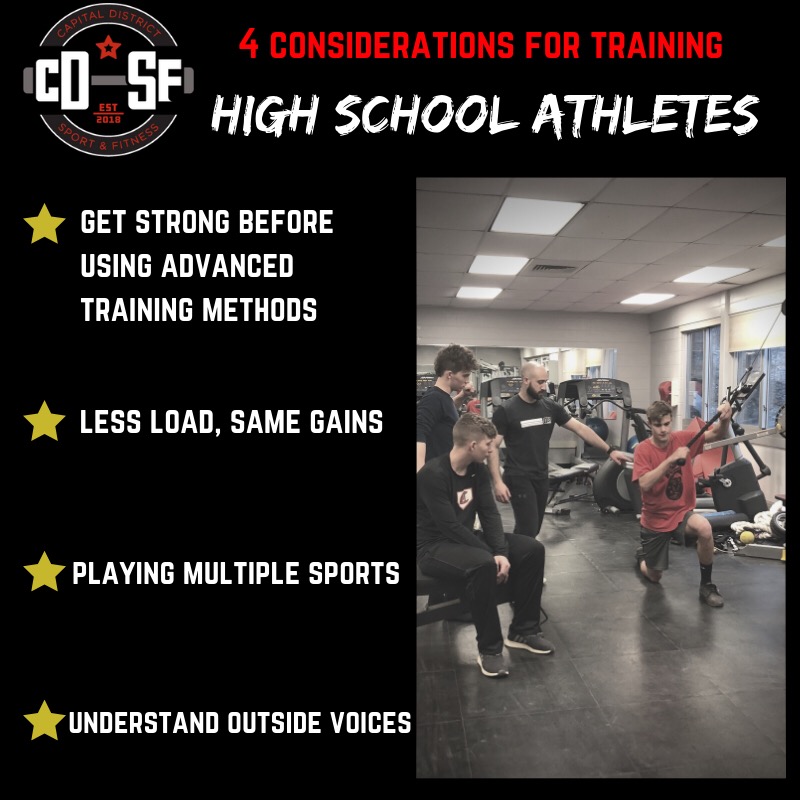
Although we do train collegiate and professional athletes at CDSF the majority of our Sports Performance Training Members are high school athletes. From afar it may appear that our programming is similar for athletes of all ages and training levels, but when it comes down to
Below are 4 things that we consider at CDSF when putting together a training program for a high school athlete or novice trainee.
1. Get Strong Before Using Advanced Training Methods
High intensity interval training or cool change of direction drills may seem like it’s what will take your game to the next level, but before moving onto fancy training methods it’s vital that you master basic movement patterns like squatting, deadlifting, push-ups, and single-leg work and then get strong in those movements.
Think of all of your athletic qualities as being water in a bucket and look at strength as being the bucket. The stronger you are the bigger a bucket you’ll have to fill it with other qualities like speed and power. Because of this you need to view strength as the most trainable quality in high school athletes.
2. Less Load, Same Gains
Novice trainees and high school athletes with low training ages can often see strength gains with lighter loading of exercises, think 40-50% 1RM. Whereas more advanced trainees will need much more volume with submaximal weights and frequent exposures to weights above 90% 1RM.
3. Playing Multiple Sports
High school athletes are going to be more apt to play multiple sports throughout the year than their college and pro counterparts. With that said, programming shouldn’t hyperfocus on solely improving that athletes main sport, but take into considerations the demands of all of their sports year round.
And yes, we’re continuing to see kids pressured to specialize too young and must continue to do our best promote playing multiple sports and developing well rounded strength training programs training a variety of movements and fitness qualities.
4. Understand Outside Voices
With high school athletes it’s common that you’ll run into kids who have 5 different coaches telling them to work on 5 different things. It’s also likely that their training with you may not be their only fitness training during the week. Take the time to talk to athletes about what is going on with them outside of the gym and learn to become an objective voice in order to give their body what it needs and know when you may have to adjust a training program.

